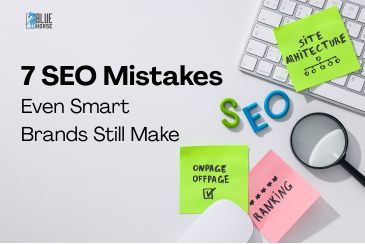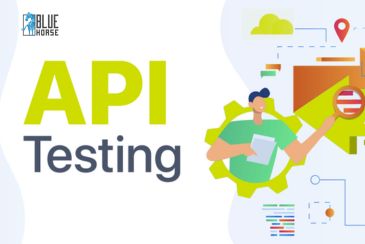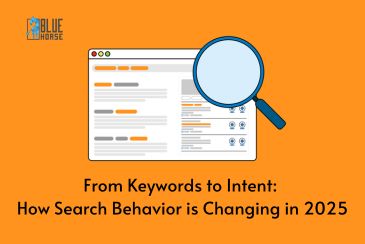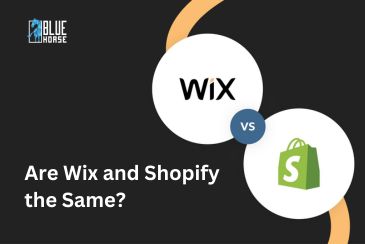7 SEO Mistakes Even Smart Brands Still Make
SEO has evolved far beyond keyword stuffing and backlink farming. Today, it’s a sophisticated blend of user experience, technical architecture, and strategic content. Yet, even established brands with experienced marketing teams often overlook foundational aspects of SEO.
If you’re seeing inconsistent organic growth, it might not be about doing more—it could be about doing the right things better. Here are 7 common SEO mistakes many smart brands still make, and how you can fix them before they start costing you traffic and conversions.
1. Treating Technical SEO as a One-Time Task
Many companies perform a technical SEO audit at launch but fail to maintain it over time. As websites scale—adding new pages, products, or features—technical issues creep in.
Why it matters:
Search engines rely on clean site architecture to crawl and index pages efficiently. Broken links, outdated sitemaps, or incorrect canonical tags can send mixed signals to Google, hurting visibility.
Fix it:
Conduct regular technical audits using tools like Screaming Frog or Sitebulb. Check for:
- Crawl errors
- Redirect chains
- Duplicate content
- Canonical and hreflang misconfigurations
- XML sitemap accuracy
Stay on top of changes via Google Search Console to ensure consistent indexability.
2. Slow Load Speeds and Poor Core Web Vitals
Performance is now a direct ranking factor. Pages that load slowly or shift around while rendering frustrate users and search engines alike.
Key metrics to track:
- Largest Contentful Paint (LCP)
- First Input Delay (FID)
- Cumulative Layout Shift (CLS)
Fix it:
- Compress images and serve them in WebP or AVIF formats
- Minimize render-blocking JavaScript
- Use lazy loading for media
- Host on a reliable CDN
Google’s PageSpeed Insights and Lighthouse reports offer clear guidance on where you stand and how to improve.
3. Missing or Misusing Structured Data
Structured data helps search engines understand and display your content more effectively. Brands that don’t implement it properly miss out on rich snippets—leading to lower click-through rates.
Essential schema types:
- Article
- Product
- FAQ
- Breadcrumb
- Review
Fix it:
Use JSON-LD for structured data and validate your implementation with Google’s Rich Results Test. Prioritize pages that have the potential for enhanced visibility, such as product listings or blog posts with FAQs.
4. Over-Reliance on Paid Channels
Many brands prioritize performance marketing for instant results, ignoring SEO as a long-term strategy. While paid traffic is scalable, it’s also expensive and stops the moment you pause your budget.
Why SEO matters:
- Builds trust through organic presence
- Offers compounding returns over time
- Reduces customer acquisition costs
- Supports all stages of the buyer journey
Fix it:
Invest in a content and SEO roadmap alongside paid channels. Use SEO to support awareness, education, and consideration stages—not just bottom-funnel keywords.
5. Neglecting High-Intent Landing Pages (Category or Service Pages)
Often, the most powerful pages are either under-optimized or ignored completely—especially category, service, or listing pages.
Why it’s critical:
These pages target high-volume, transactional keywords like “AI consulting services” or “best stainless steel water bottles.”
Fix it:
- Add keyword-focused, helpful content
- Use H1s, H2s, and internal links strategically
- Include FAQs and supporting media
- Ensure unique meta titles and descriptions
Make these pages more than just filters—they should offer context and clarity to both users and search engines.
6. Letting Content Decay
Even well-performing blog posts or landing pages can lose traction over time if not updated. Search intent changes. Competitors update their content. And algorithms evolve.
Symptoms of decaying content:
- Falling rankings
- Declining impressions
- Lower engagement
Fix it:
Regularly update top-performing content. Refresh stats, add new internal links, improve readability, and re-optimize based on current keyword trends. Use Google Search Console to identify pages with declining traffic.
7. Creating Brand-Centric Instead of User-Centric Content
Many brands create content about their products or services instead of focusing on user problems, questions, or interests. That limits organic visibility.
What works better:
Content that solves problems, answers questions, or offers practical insights—before ever mentioning your product.
Fix it:
- Map your audience’s search intent
- Create TOFU (top-of-funnel) and MOFU (middle-of-funnel) content
- Target long-tail queries and “how-to” searches
- Build topical authority through content clusters
Content should educate first and convert later.
Final Thoughts
SEO is no longer optional—it’s foundational. While it may not offer instant gratification like ads, its value compounds over time, strengthening brand presence and reducing dependency on paid traffic.
Avoiding these common mistakes doesn’t require massive overhauls. It’s about refining your strategy and maintaining SEO hygiene regularly. The best-performing websites are not those that do everything—but those that do the basics really well, consistently.





















Comments